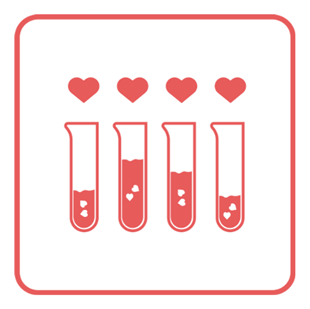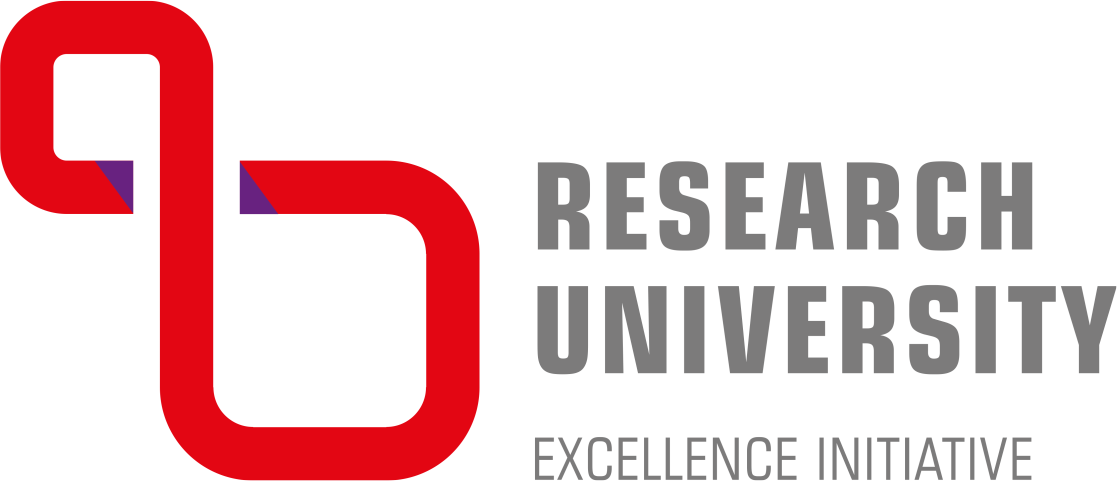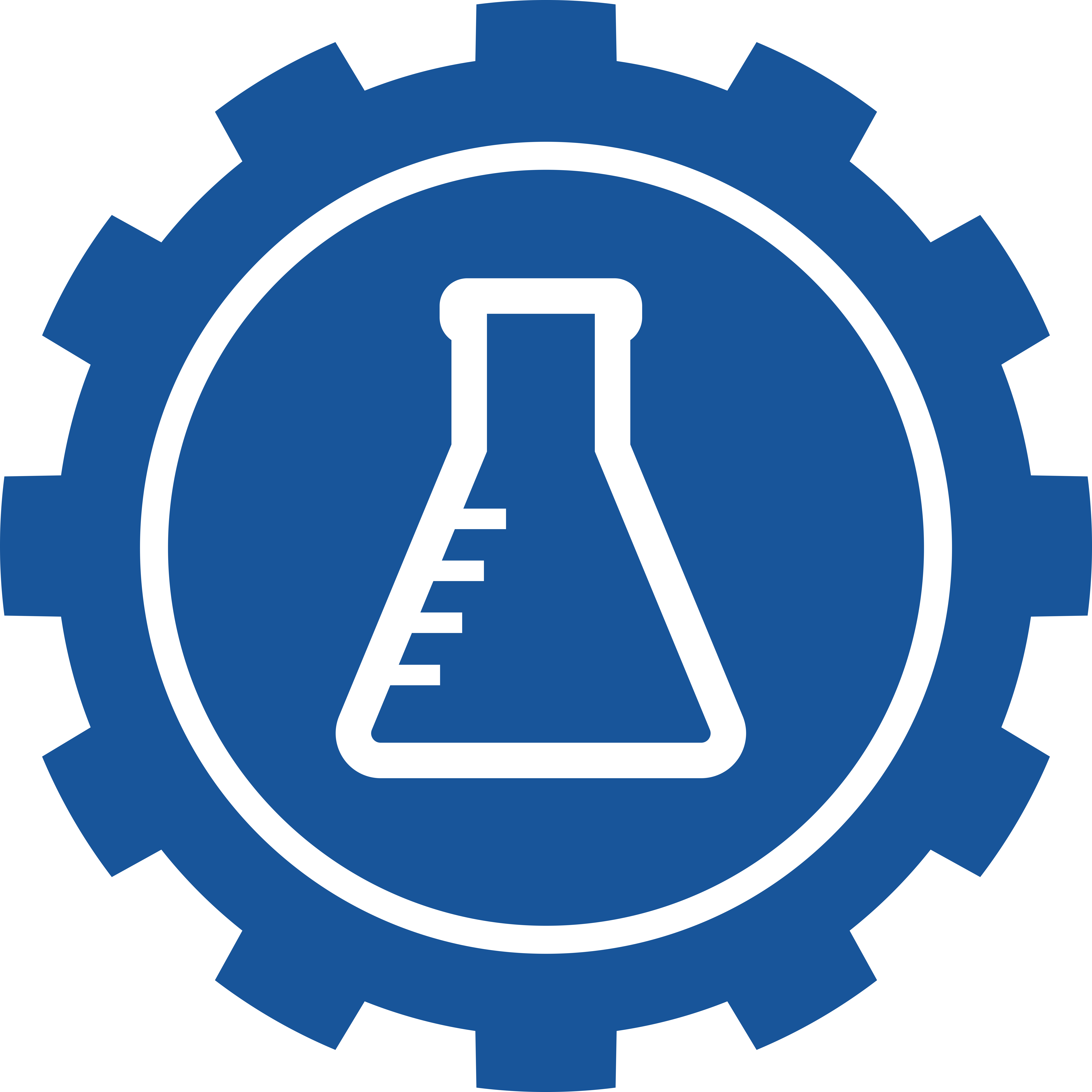Evidence for the existence of romantic love comes from studies of brain imaging and endocrinology, as well as from the theory of evolutionary human biology. Deep brain structures responsible for reward and motivation, especially the left subtemporal septum, play an important role in the dopamine system. Functional Magnetic Resonance Imaging (FMRI) studies conducted by Helen Fisher of Indiana University and colleagues suggest that romantic love is linked to dopamine pathways in the brain’s reward system, leading to activation of dopamine-rich areas – similar to brain activity in opioid and cocaine addicts. Therefore, the desire for love can be considered a natural ecstasy!
But what relationships can we call “love hormones” and what really happens when we fall in love? We invite you to read, during which we will explore the romantic and chemical corners of our brain.

What's important is the first impression or... the first smell? Yes! And this is about pheromones...
Pheromones are chemicals seen by animals, such as bees or mammals, including humans. These substances may induce certain reactions in other individuals of the species, such as warnings of danger or the willingness of the female to engage in sexual intercourse. They are also used to indicate the territory or habitat where eggs or young are located.
But what about pheromones in humans? The case is quite complicated, constantly studied by scientists all over the world and arouses a lot of controversy. A major difficulty in conducting experiments focused on pheromones is the need to maintain purity, including odorlessness, by the study participants.
When choosing a partner, however, all visual aspects, including smell, are important. They are responsible for stimulating the hypothalamus – a small structure of the brain. If we show interest in a partner, our grey cells begin to send signals to each other intensively. The “glow” of the brain can be seen with Positron Emission Tomography (PET). And what happens next is pure biochemistry...

Once our ground floor falls into our eye (or nose), and our neurons start to dance, the hypothalamus begins to produce one of the strongest drugs that the human body can produce - Phenylethylamine (PEA). It is a neurotransmitter that is responsible for the subsequent avalanche of chemical reactions that we can summarize as falling in love. Many PEA derivatives, formed during reactions in our body, have psychedelic, stimulating or empathogenic properties. Most often, they occur all at once: euphoria, insomnia, problems with concentration, appetite disorders. It sounds like a book romance, and it's nothing but the effect of this substance on our body. These symptoms are often compared to those experienced by drug addicts, mainly after taking a drug with a chemical structure similar to PEA.
Increased concentration of PEA in the brain directs us to another neurotransmitter – noradrenaline. It is she who is responsible for the accelerated heartbeat and, consequently, increased blood pressure and the appearance of characteristic flushing on the face. From norepinephrine is just one step to adrenaline.
What does the stress hormone have to do with love?
The main effect of the increased concentration of adrenaline in our romanism in the face of falling in love is increased sweating, reduced feeling of hunger or dilated pupils at the sight of a loved one. After adrenaline comes dopamine and serotonin. Dopamine is released not only during falling in love, but also during other activities that cause excitement or joy. It is she who is responsible for the feeling of pleasure, joy, but also for the desire and increased focus on the partner. When dopamine levels rise, serotonin levels fall, which is responsible for distraction, sleep problems and concentration.


After some time, different for each organism, the organism returns to the state before falling in love. Hormone levels are back to normal. But how come an old love doesn't rust? During the fall in love phase, the body produces oxytocin and vasopressin.
Oxytocin has a greater effect on the female body, while vasopressin is produced in greater quantities by the male body. This is directly related to testosterone. These are hormones with a similar structure, but they have different effects. Oxytocin has analgesic effects and lowers blood pressure, while the second compound acts similarly to adrenaline. It is thanks to them that our bodies are able to build a deeper bond with our partner.
However, it is worth mentioning the double face of dopamine. Since the feeling of love is comparable to taking drugs, withdrawal syndrome may occur after a heartbreak. It is nothing but an increased desire of a person, a feeling of longing and suffering. Side effects of increased concentration of this hormone, which during the stage of falling in love were subjectively even pleasant, during rejection can cause physical pain for the body. It is worth remembering, however, that it is only chemistry, the concentration of this hormone will decrease over time and the body will slowly return to the state before falling in love...
To sum up, love is all chemistry and a cauldron full of hormones 😊 You can come up with a recipe for the perfect date: washing yourself and using perfume can contribute to the production of PEA by your partner’s brain, and adding chocolates, which can naturally increase dopamine levels in the body, it’s only one step to falling in love...











